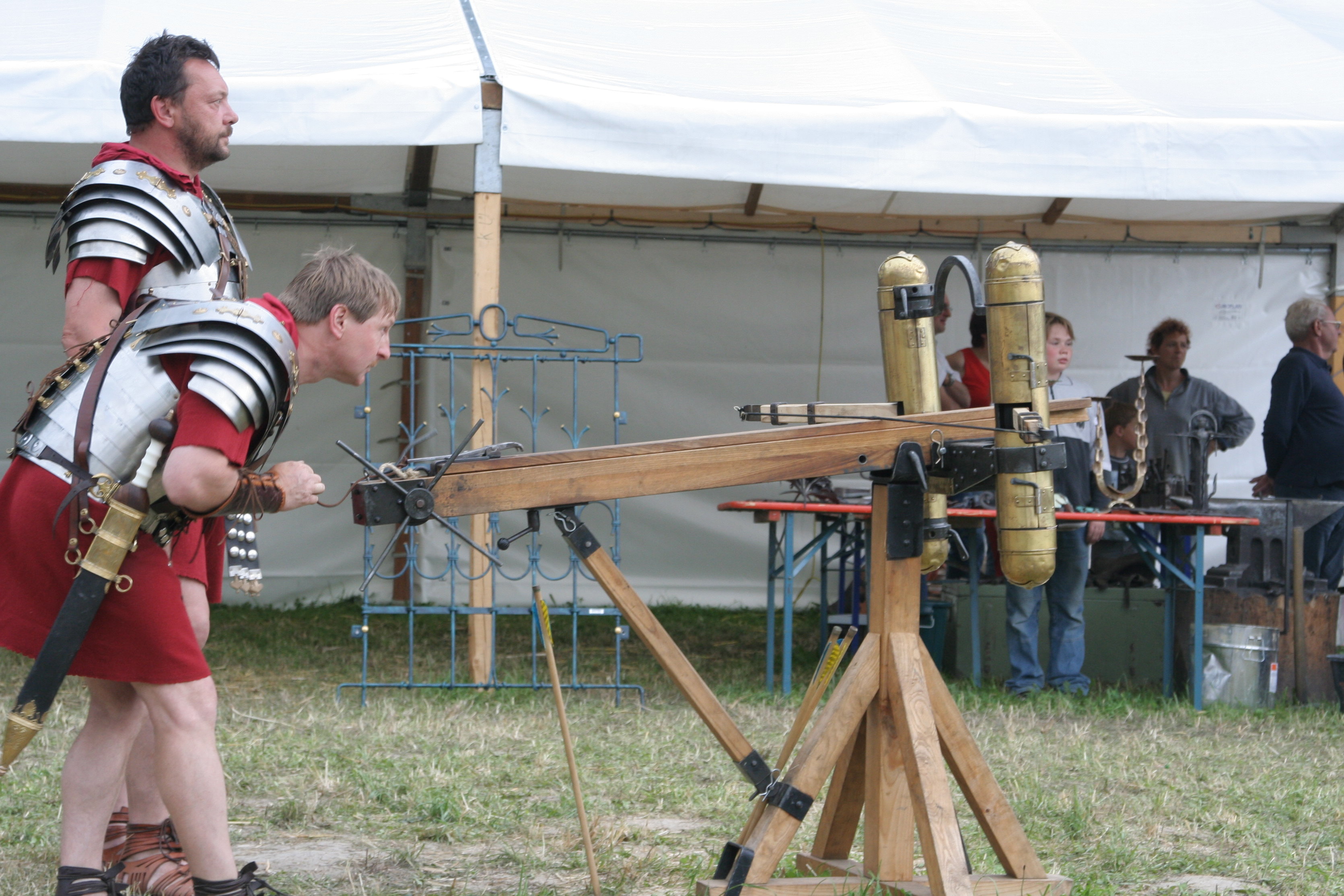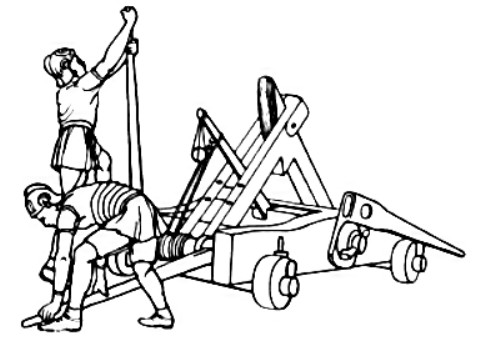Known to readers of this blog as 'that guy who finally beat Hannibal,' Scipio Africanus was much more than just another Roman military genius. He grew his hair long, wore his toga in an unorthodox style, preferred Greek culture and language to Latin, and became a model of later charismatic commanders like Gaius Marius, Lucius Cornelius Sulla, and Julius Caesar. Scipio introduced the cult of personality into Roman politics, and it was a cult that would outlive and ultimately destroy the Republic itself.
Scipio got his start at age 17, joining his father on campaign against the Carthaginian invaders. He was present at the battles of Ticinus, Trebia, and Cannae, all of which ended with decisive victories for Hannibal. In 211 BCE a mere five years after that crushing defeat at Cannae, Scipio went to the Senate and requested command over the new Roman army which was being sent to Spain (the previous army had been utterly destroyed by Hannibal's brother Hasdrubal). The other candidates kept their mouths shut, believing Spain to be a death sentence, now that it was once again so firmly under Carthaginian control. Scipio promptly captured New Carthage and proceeded to win goodwill for Roman occupation. He set captives free, and returned a young Celtiberian princess to her fiancé and family, thus earning that tribe's allegiance against the Carthaginians.
Wisely plotting his strategic course, he sought to defeat the three Carthaginian armies in the area one by one, knowing that they would too far outnumber his own legions if he faced them all at once. He faced off against Hasdrubal Barca in the battle of Baecula and gained a victory by using a similar technique that gave Hannibal the victory at Cannae. Hasdrubal withdrew and marched on Italy, and in a controversial move both now and then, Scipio Africanus refused to pursue. There have been many theories of why he did this, but I tend to believe that it was his strategic good sense that prevented him from risking being caught between the remnants of Hasdrubal's forces and those of Mago or Gisgo, the other two Carthaginian commanders in Spain.
After gaining more Celtiberian allies, he defeated the two other Carthaginian commanders at Ilipa (modern Seville) in 206 BCE, and consequently drove their commanders out of Spain entirely. In addition to recruiting the local tribes, Scipio also made overtures to Syphax and Massinissa, two Numidian princes who agreed to cease their support of Carthage and supply the Roman army with cavalry. This was a huge win for the Romans because Numidian cavalry of the time outmatched nearly all other types, and was one of the chief causes of Hannibal's many successes. Syphax later switched back to the Carthaginian side, marrying one of their noble-ladies to seal the deal, but Massinissa proved extremely helpful in the later invasion of Carthage itself.
Scipio was the ultimate success story for the new culture of Rome: a culture which was fast-growing among the military and plebs. The old Roman model of farmer/soldier was quickly eroding under the increasing power of the Senate and their abusive practices toward the soldiers and the poor. The conservatives in the Senate distrusted his charismatic Greek mannerisms and disliked his fame. When Scipio won at Zama and ended the Second Punic War, he was greeted as a national hero in Rome and given his famous moniker Africanus. Several dissident groups offered to nominate him as Dictator or Consul for Life, but to his credit, he refused. It seems that this radical, innovative commander and politician had some old-fashioned Roman virtue in him after all.
Pax vobiscum



_01.jpg)



